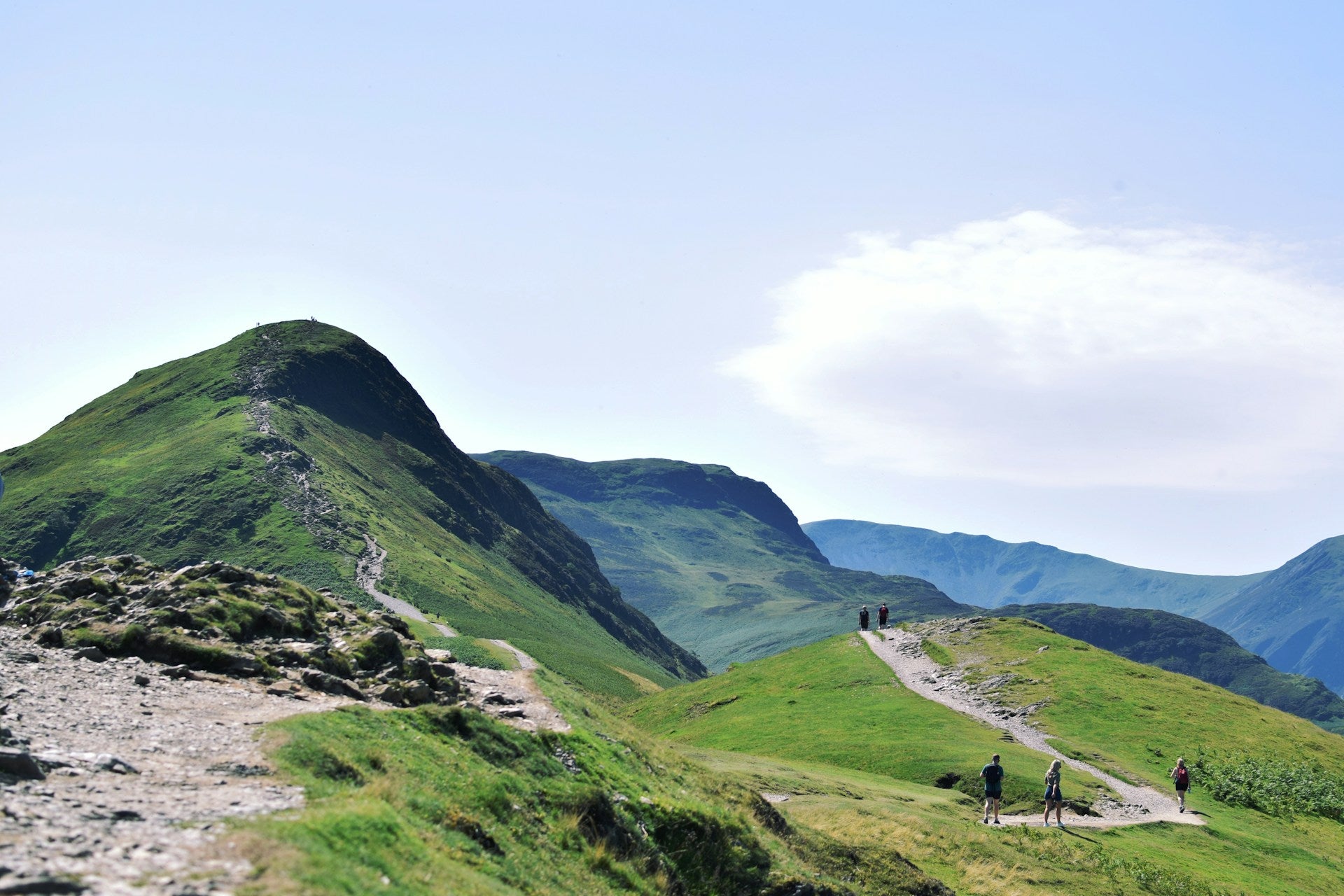
Very English Adventures
Walk England's landscapes on paths that connect hills, coast, and villages. Our adventures cover trails from the Lake District peaks to the Cotswolds paths.
-
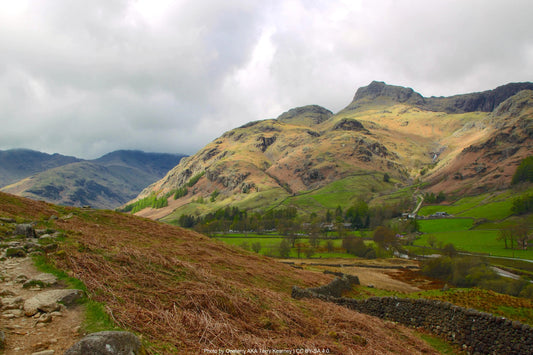
Cumbria Way
A scenic trek through the Lake District.
112km / 2,900m
Get your personalised itineraryCumbria Way
 2 days
→
6 days
2 days
→
6 days




 Mountainous
Mountainous
A scenic trek through the Lake District.
112km / 2,900m
Get your personalised itineraryMore infoFrom £416.00 -
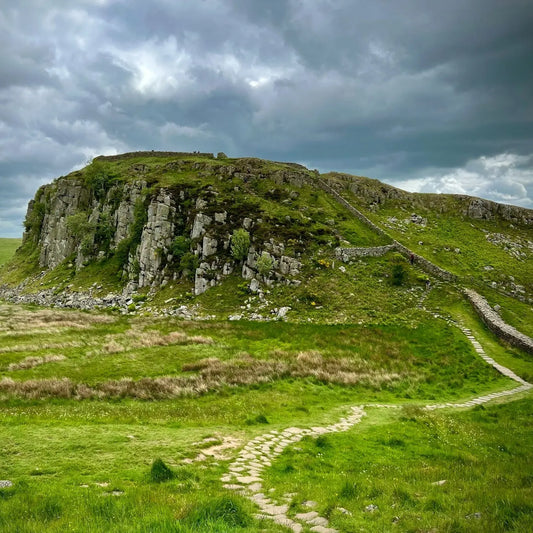
Hadrian's Wall Path
A journey through ancient Roman Britain
135km / 2,100m
Get your personalised itineraryHadrian's Wall Path
 3 days
→
6 days
3 days
→
6 days



 Hilly
Hilly
A journey through ancient Roman Britain
135km / 2,100m
Get your personalised itineraryMore infoFrom £416.00 -
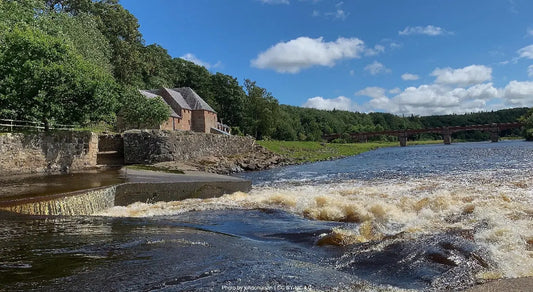
St Cuthbert's Way
A journey from inland Scotland to the Northumberland Coast
100km / 2,200m
Get your personalised itinerarySt Cuthbert's Way
 2 days
→
5 days
2 days
→
5 days



 Hilly
Hilly
A journey from inland Scotland to the Northumberland Coast
100km / 2,200m
Get your personalised itineraryMore infoFrom £312.00 -

South Downs Way
Ancient chalk ridge through quintessential English countryside.
160km / 3,800m
Get your personalised itinerarySouth Downs Way
 3 days
→
8 days
3 days
→
8 days



 Hilly
Hilly
Ancient chalk ridge through quintessential English countryside.
160km / 3,800m
Get your personalised itineraryMore infoFrom £624.00 -

South Downs Way Experience
Ancient chalk ridge through quintessential English countryside.
54km / 1,056m
Get your personalised itinerarySouth Downs Way Experience
 1 day
→
3 days
1 day
→
3 days



 Hilly
Hilly
Ancient chalk ridge through quintessential English countryside.
54km / 1,056m
Get your personalised itineraryMore infoFrom £104.00 -
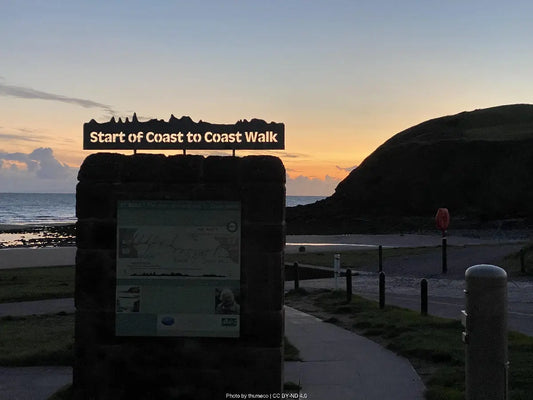
Coast to Coast
A journey from the Irish Sea coastline to the Ingleby Cross
309km | 6,000m
Get your personalised itineraryCoast to Coast
 6 days
→
16 days
6 days
→
16 days



 Hilly
Hilly
A journey from the Irish Sea coastline to the Ingleby Cross
309km | 6,000m
Get your personalised itineraryMore infoFrom £1,248.00 -
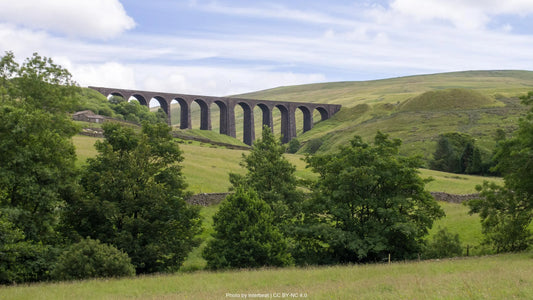
Dales Way South
Industrial heritage & dramatic landscapes
65km, 856m ascent
Get your personalised itineraryDales Way South
 1 day
→
3 days
1 day
→
3 days


 Rolling
Rolling
Industrial heritage & dramatic landscapes
65km, 856m ascent
Get your personalised itineraryMore infoFrom £104.00 -
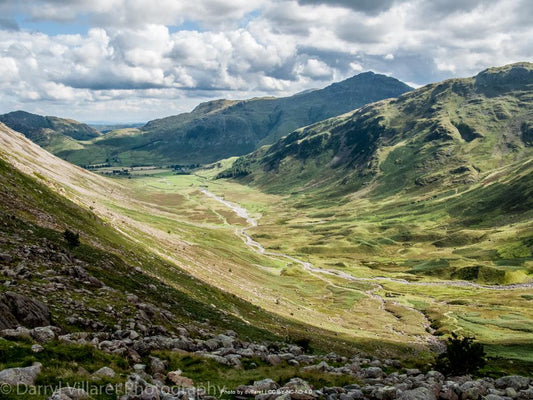
Cumbria Way Experience
A scenic trek through the Lake District.
70km / 1,441m
Get your personalised itineraryCumbria Way Experience
 2 days
→
4 days
2 days
→
4 days



 Hilly
Hilly
A scenic trek through the Lake District.
70km / 1,441m
Get your personalised itineraryMore infoFrom £208.00 -
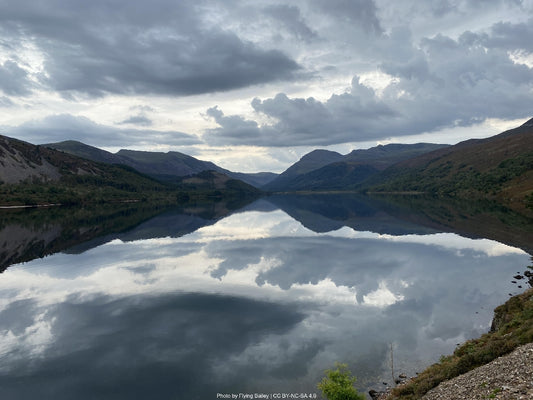
Across the Lakes Experience
A journey from the Irish Sea coastline to Kirkby Stephen
129km | 3,728m
Get your personalised itineraryAcross the Lakes Experience
 3 days
→
7 days
3 days
→
7 days




 Mountainous
Mountainous
A journey from the Irish Sea coastline to Kirkby Stephen
129km | 3,728m
Get your personalised itineraryMore infoFrom £520.00 -
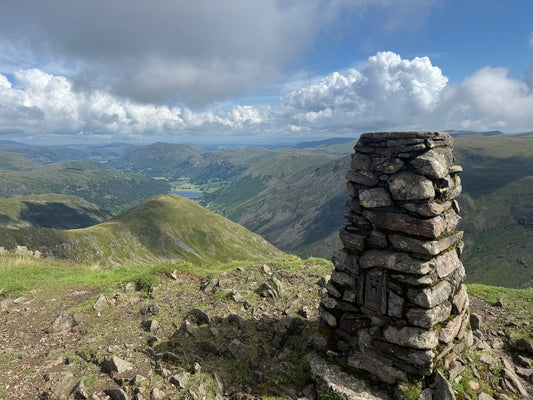
Wainwrights: Eastern Fells
Ridge walks, tarns, and literary landscapes
100km / 5,330m
Get your personalised itineraryWainwrights: Eastern Fells
 3 days
→
7 days
3 days
→
7 days





 Tough
Tough
Ridge walks, tarns, and literary landscapes
100km / 5,330m
Get your personalised itineraryMore infoFrom £520.00 -
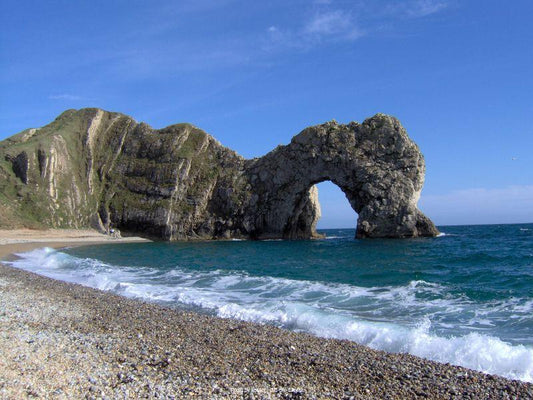
South West Coast Path Stage 6: Exmouth to Poole
Dramatic cliffs, beaches, fossils, and seaside towns
189km / 3,759m
Get your personalised itinerarySouth West Coast Path Stage 6: Exmouth to Poole
 4 days
→
9 days
4 days
→
9 days



 Hilly
Hilly
Dramatic cliffs, beaches, fossils, and seaside towns
189km / 3,759m
Get your personalised itineraryMore infoFrom £728.00 -
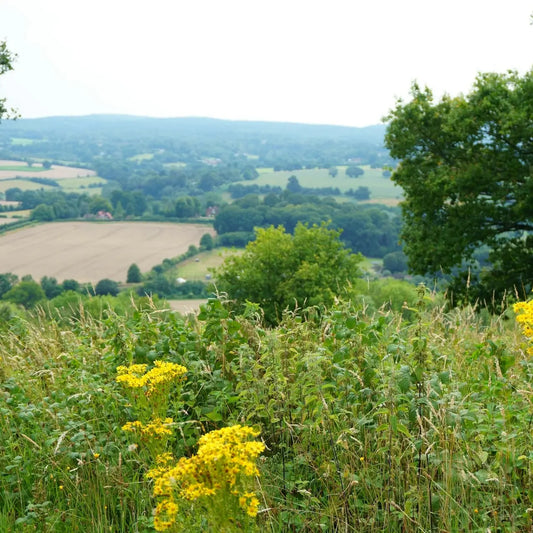
North Downs Way
Ancient chalky trail through southeast England's countryside.
246km / 3,800m
Get your personalised itineraryNorth Downs Way
 5 days
→
12 days
5 days
→
12 days



 Hilly
Hilly
Ancient chalky trail through southeast England's countryside.
246km / 3,800m
Get your personalised itineraryMore infoFrom £936.00 -
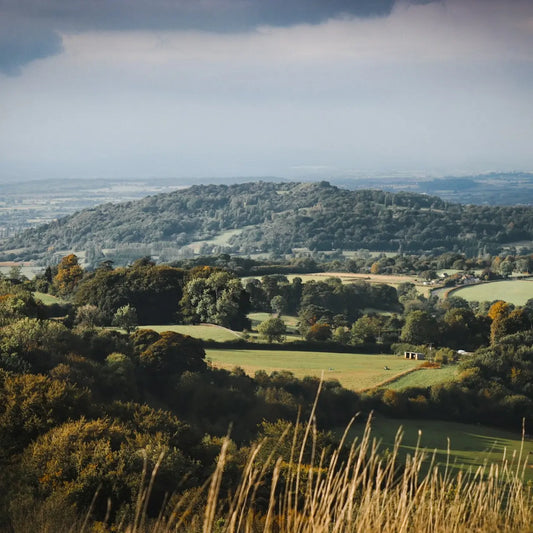
Cotswold Way
Pastoral limestone escarpment through quintessential England.
164km / 4,000m
Get your personalised itineraryCotswold Way
 3 days
→
9 days
3 days
→
9 days



 Hilly
Hilly
Pastoral limestone escarpment through quintessential England.
164km / 4,000m
Get your personalised itineraryMore infoFrom £624.00
Walk the Soutwest Coast Path
One of the most famous trails in Britain. And deservedly so!
Spectacular coast paths, wild flower meadows, moorland trails and cream teas. Lots of them! Complete the whole trail in stages or just choose the sections that appeal to you most.
-
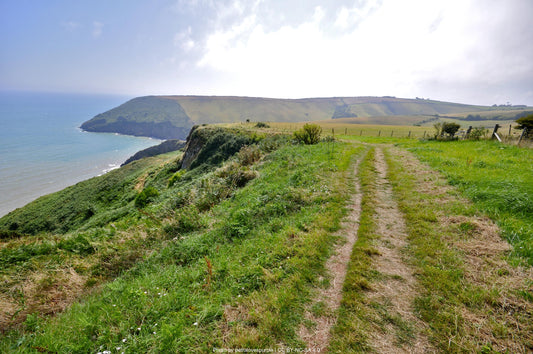
South West Coast Path Stage 5: Plymouth to Exmouth
Devon's dramatic South coast wilderness
166km / 3217m
Get your personalised itinerarySouth West Coast Path Stage 5: Plymouth to Exmouth
 4 days
→
8 days
4 days
→
8 days




 Mountainous
Mountainous
Devon's dramatic South coast wilderness
166km / 3217m
Get your personalised itineraryMore infoFrom £624.00 -

South West Coast Path Stage 6: Exmouth to Poole
Dramatic cliffs, beaches, fossils, and seaside towns
189km / 3,759m
Get your personalised itinerarySouth West Coast Path Stage 6: Exmouth to Poole
 4 days
→
9 days
4 days
→
9 days



 Hilly
Hilly
Dramatic cliffs, beaches, fossils, and seaside towns
189km / 3,759m
Get your personalised itineraryMore infoFrom £728.00 -
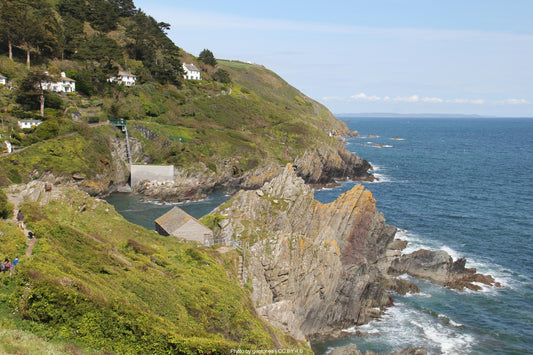
South West Coast Path Stage 4: Falmouth to Plymouth
Sheltered Estuaries to Naval Heritage Coast
134km / 2,529m
Get your personalised itinerarySouth West Coast Path Stage 4: Falmouth to Plymouth
 3 days
→
7 days
3 days
→
7 days



 Hilly
Hilly
Sheltered Estuaries to Naval Heritage Coast
134km / 2,529m
Get your personalised itineraryMore infoFrom £520.00 -
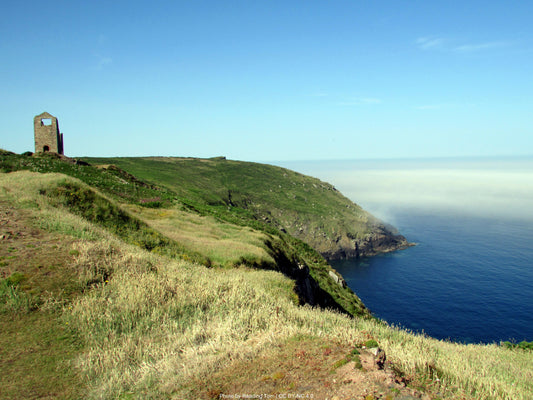
South West Coast Path Stage 3: St Ives to Falmouth
Cornish Mining Coast and Granite Headlands
166km / 2,830m
Get your personalised itinerarySouth West Coast Path Stage 3: St Ives to Falmouth
 4 days
→
8 days
4 days
→
8 days



 Hilly
Hilly
Cornish Mining Coast and Granite Headlands
166km / 2,830m
Get your personalised itineraryMore infoFrom £624.00 -
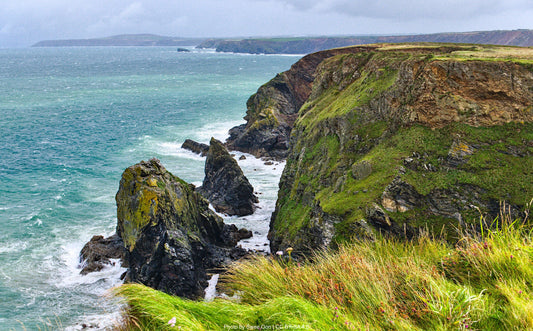
South West Coast Path Stage 2: Bude to St Ives
Cornwall's Rugged Atlantic Coast Journey
182km / 3,319m
Get your personalised itinerarySouth West Coast Path Stage 2: Bude to St Ives
 4 days
→
9 days
4 days
→
9 days



 Hilly
Hilly
Cornwall's Rugged Atlantic Coast Journey
182km / 3,319m
Get your personalised itineraryMore infoFrom £624.00 -
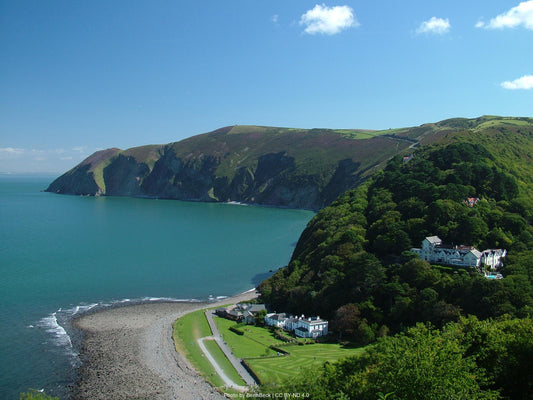
South West Coast Path Stage 1: Minehead to Bude
Exmoor Heights to Cornish Cliffs Adventure
198km / 4,529m
Get your personalised itinerarySouth West Coast Path Stage 1: Minehead to Bude
 10 days
→
4 days
10 days
→
4 days



 Hilly
Hilly
Exmoor Heights to Cornish Cliffs Adventure
198km / 4,529m
Get your personalised itineraryMore infoFrom £832.00
Why Choose England for your Adventure?
England combines natural landscapes with history and culture. The public footpath network gives access to both countryside and historic sites.
Walkers benefit from England's "right to roam" laws and public footpaths. These paths have connected villages and crossed farmland for centuries.
Englands Walking Heritage
Walking in England is part of the culture and has shaped literature and art. Wordsworth wrote about the Lake District, while Austen set scenes in Derbyshire's peaks. Walking remains central to English life.
Some of our favourite places...
-
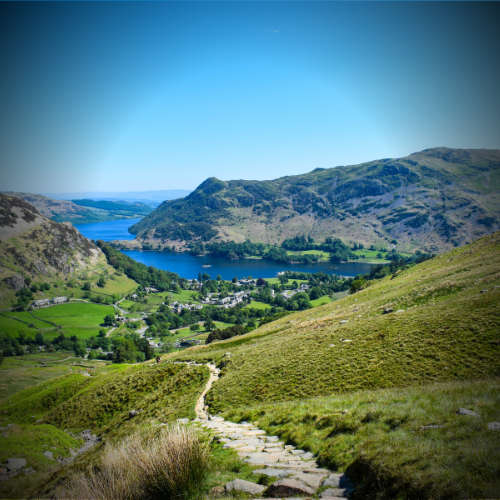
Lake District
The Lake District is a UNESCO World Heritage site with mountains and valleys shaped by glaciers. Writers and artists have worked here for centuries, including Wordsworth and Beatrix Potter. Villages in the valleys offer places to rest and eat.
Key Highlights
- The highest peaks in England
- 16 major lakes
- Strong connections to literature
-
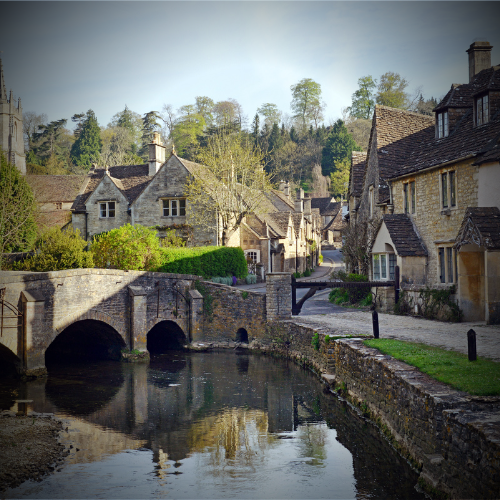
Cotswolds
The Cotswolds sits in central England, with limestone hills and stone villages. Woods and meadows cover the landscape, while market towns preserve old architecture. The paths here suit most abilities and connect many points of interest.
Key highlights:
- 800 square miles of protected land
- 3,000 miles of paths
- Historic villages and market towns
-
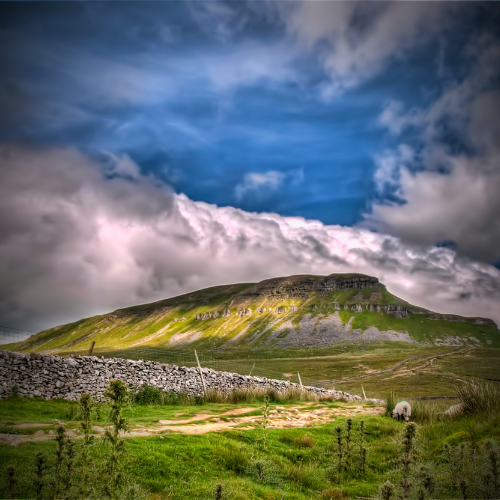
Yorkshire Dales
The Yorkshire Dales combines limestone hills, green valleys, and stone villages. Fast rivers cut through the landscape, creating waterfalls and gorges. The area's caves and limestone features draw visitors interested in geology.
Key highlights:
- Network of limestone caves and gorges
- Traditional farming landscapes
- Historic routes between valleys
-
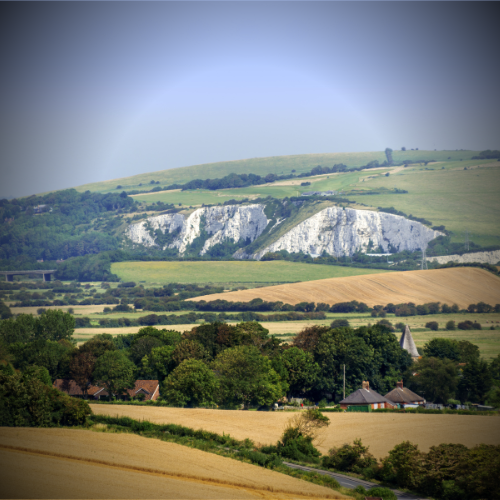
South Downs
The South Downs forms a chalk ridge from Winchester to Eastbourne. Iron Age forts mark high points along the trail, while villages in the valleys provide stopping points. The white cliffs at Seven Sisters and Beachy Head mark the eastern end.
Key highlights:
- 100 miles of continuous ridgeway paths
- Ancient woodlands and chalk grassland
- Historic sites from Bronze Age to WW2
Essential Information
Getting Around
England's transport system connects all walking regions. Trains and buses reach most starting points, and local transport helps you access remote trails.
- Trains to main regions
- Local buses
- Taxi services for bags
- Transport notes for each tour
- Links to airports
Accommodation
We check all accommodation to ensure good standards and service. Each place offers what walkers need after a day on the paths.
- Country inns
- Hotels
- B&Bs
- Farmhouses
- Country houses
Adventure Etiquette
- Follow the Countryside Code
- Close gates
- Keep dogs on leads near livestock
- Respect private property
- Use local shops
- Greet other walkers
- Take litter home
Expert Tips
- Book ahead in summer
- Start early
- Carry cash
- Check weather
- Download maps
- Use public transport for linear walks
- Join walking groups
What's the weather like?
-
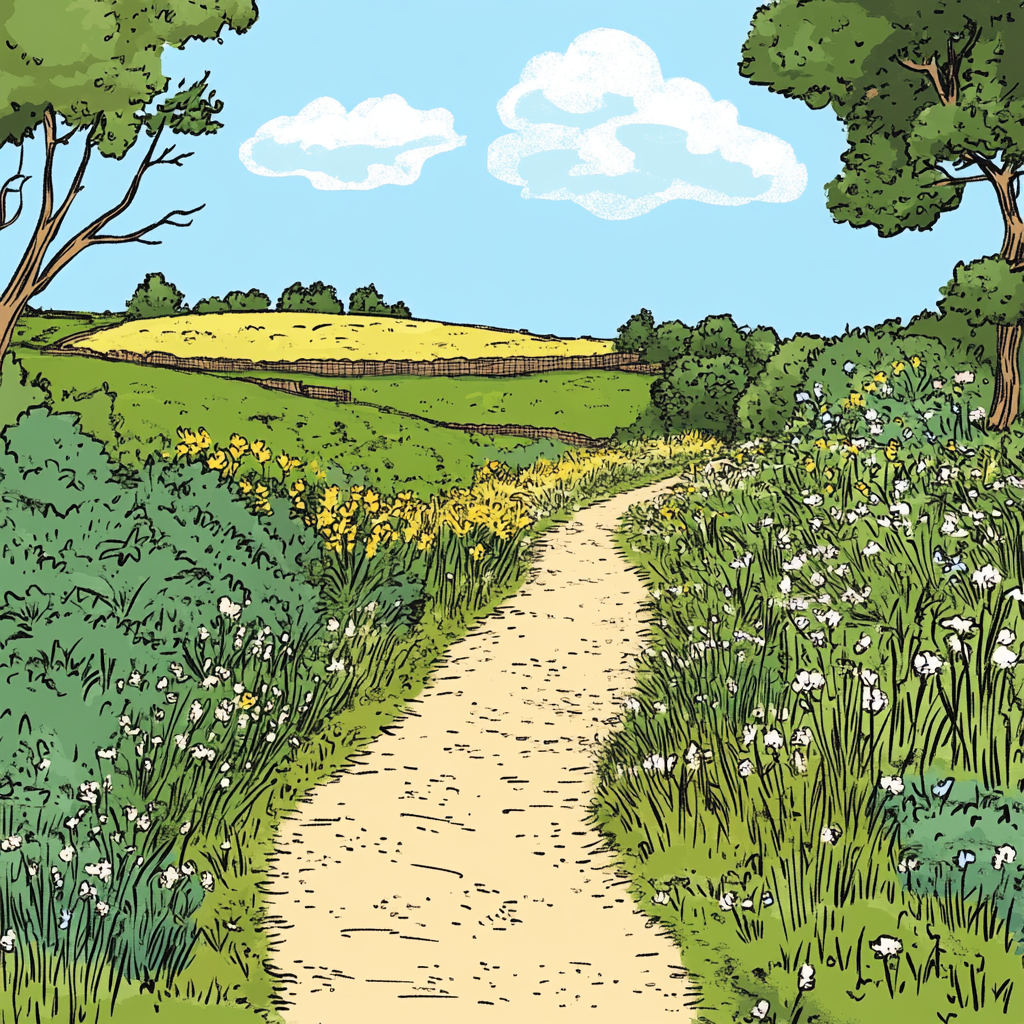
March to May
- Flowers bloom
- Mild weather
- Lambs in fields
- Quiet paths
- Some rain
- Temperatures: 8-16°C
-
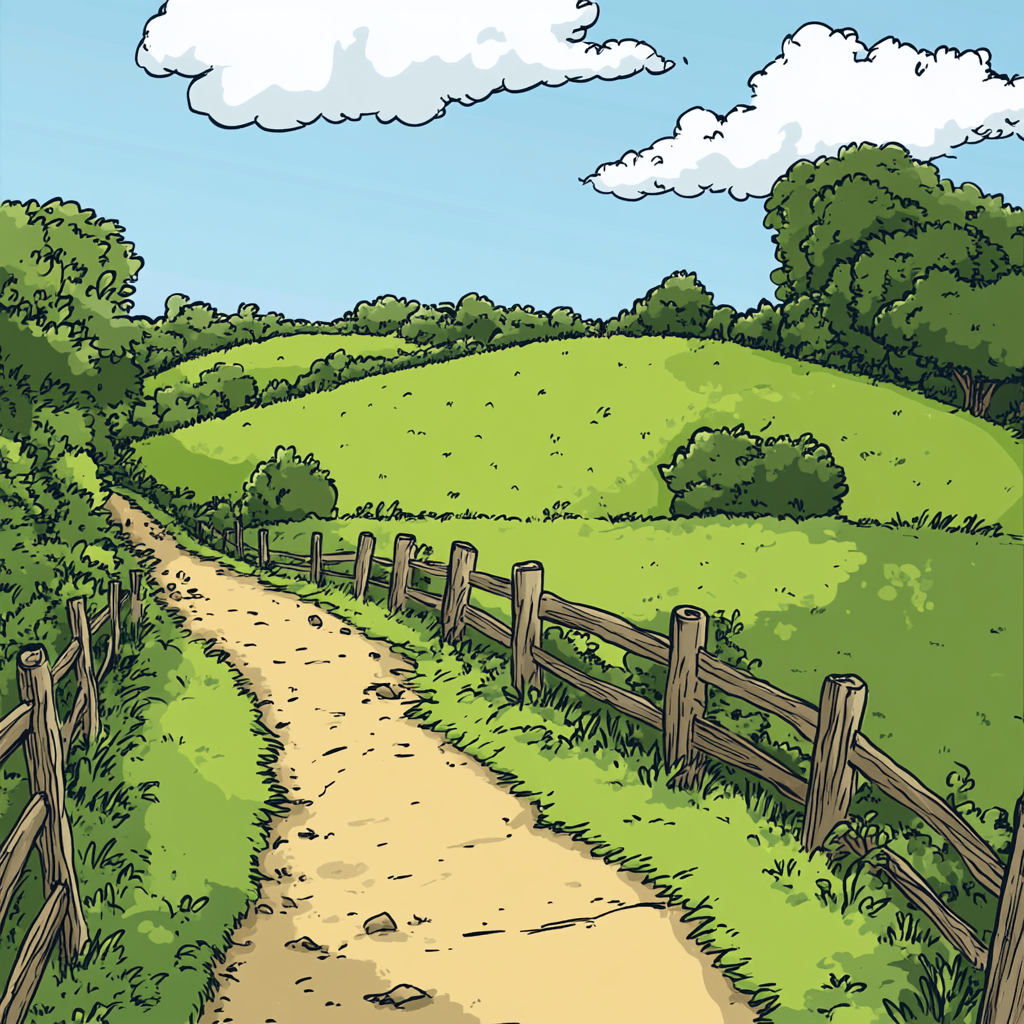
June to August
- Long days
- Warm weather
- Busy villages
- Peak season
- Festivals
- Temperatures: 15-23°C
-
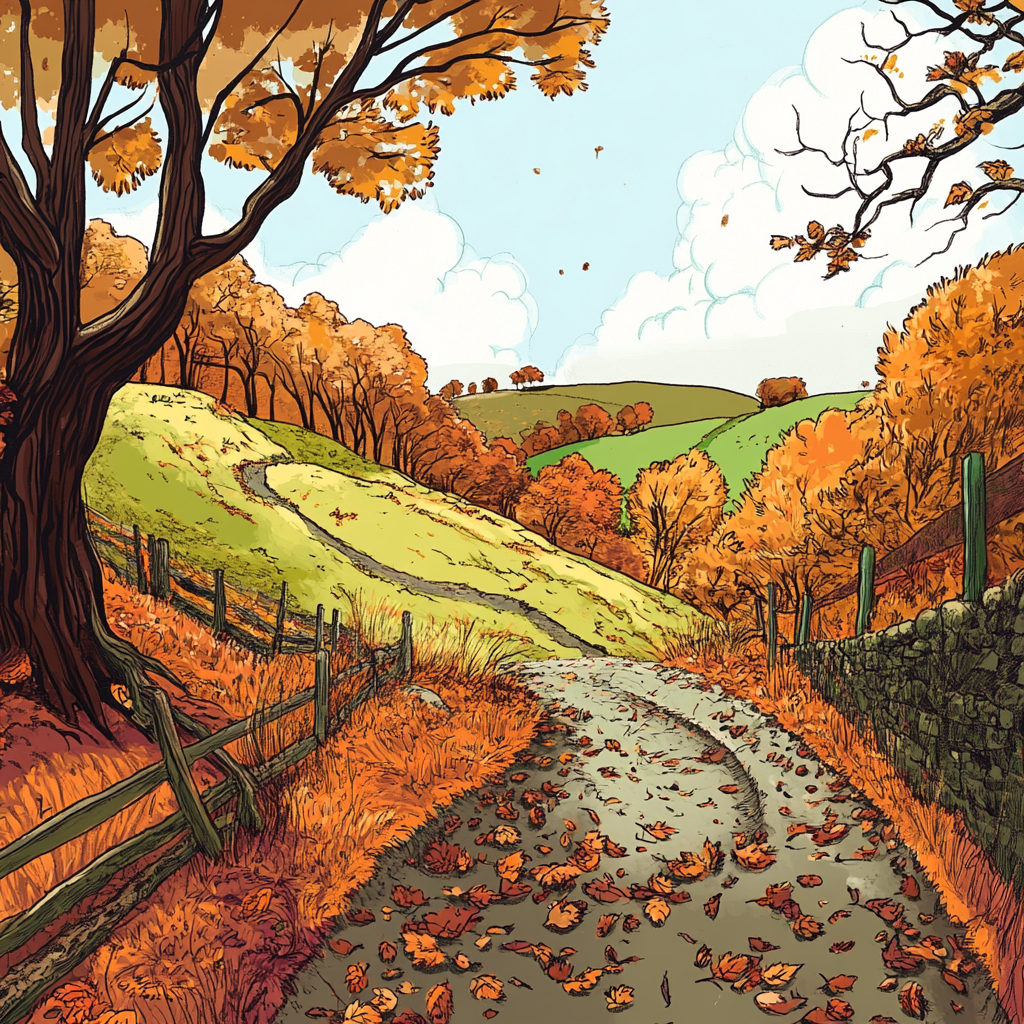
September to November
- Autumn colors
- Clear days and golden light
- Quiet trails
- Harvest time
- Morning mist
- Temperatures: 9-17°C
-
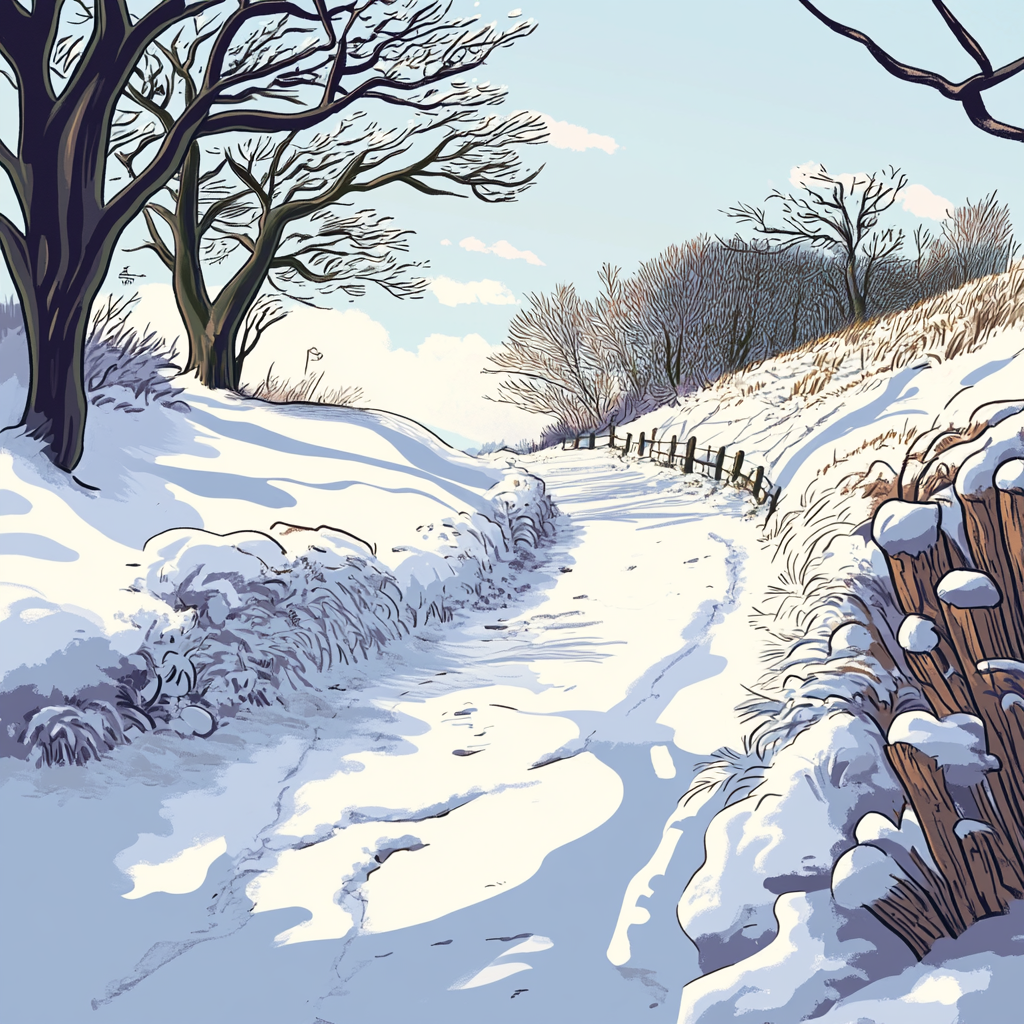
December to February
- Snow on peaks
- Pub walks
- Open skies
- Few visitors
- Short days
- Temperatures: 2-8°C
Read our Guides
View all-
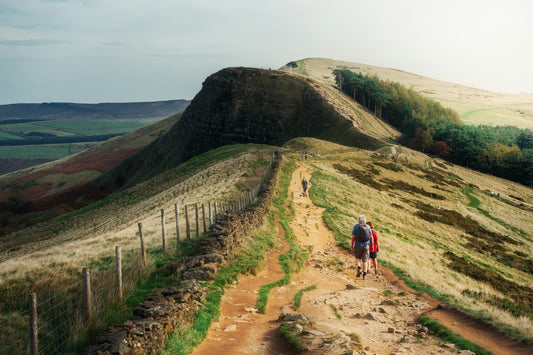
Guide to Pacing
Find out what sort of walker you are and how many days it will take to complete some of the best walking trails in Britain.
Guide to Pacing
Find out what sort of walker you are and how many days it will take to complete some of the best walking trails in Britain.
-
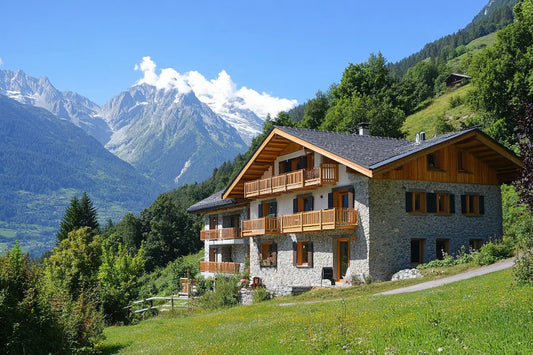
Accommodation Booking Guide
Here is essential guidance on booking accommodation for your self-guided walkingadventures, following the itinerary provided by Big Trail Adventures. Please adhere closely to the recommendations below to ensure a smooth...
Accommodation Booking Guide
Here is essential guidance on booking accommodation for your self-guided walkingadventures, following the itinerary provided by Big Trail Adventures. Please adhere closely to the recommendations below to ensure a smooth...
-

Essential Packing Guide for Your Mountain Adven...
Proper packing is fundamental to both your safety and enjoyment on the trail. Our approach combines years of mountain experience with practical wisdom to help you prepare for your journey....
Essential Packing Guide for Your Mountain Adven...
Proper packing is fundamental to both your safety and enjoyment on the trail. Our approach combines years of mountain experience with practical wisdom to help you prepare for your journey....




























